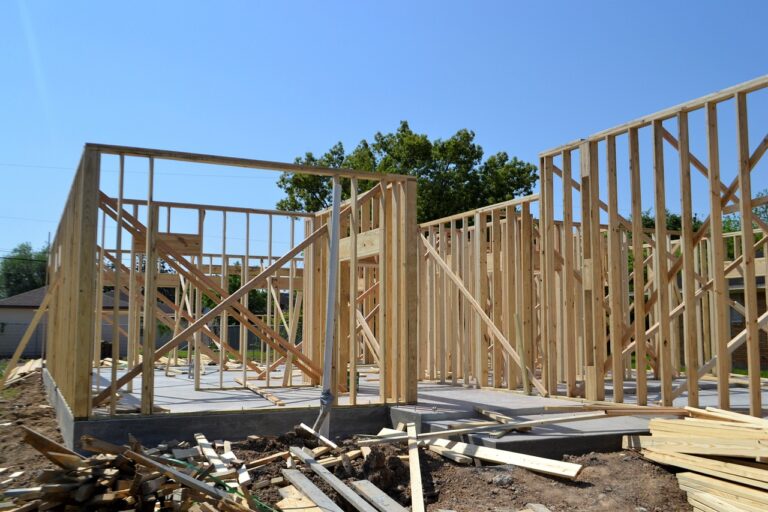Best Practices for Bathroom Exhaust Fan Installation: 11xplay.com login, Lesar 247.com, Tiger 247 login
11xplay.com login, lesar 247.com, tiger 247 login: Best Practices for Bathroom Exhaust Fan Installation
Are you in the process of remodeling your bathroom or simply looking to upgrade your current exhaust fan? Proper installation of a bathroom exhaust fan is crucial for maintaining good indoor air quality and preventing mold and mildew growth. In this blog post, we will discuss some best practices for bathroom exhaust fan installation to ensure optimal performance and longevity.
Choosing the Right Size
Before you start the installation process, it is essential to determine the correct size of the exhaust fan for your bathroom. The size of the fan is typically based on the square footage of the room. A general rule of thumb is to have a fan that can move at least 1 cubic foot of air per minute (CFM) for every square foot of space. For instance, a bathroom that is 100 square feet would require a fan with a minimum CFM rating of 100.
Selecting the Proper Location
The ideal location for placing a bathroom exhaust fan is near the shower or bathtub to effectively remove moisture and odors. Make sure to install the fan away from any air vents or HVAC ducts to prevent interference with the airflow. Additionally, ensure that the fan is positioned at least 7 feet above the floor for optimal performance.
Ventilation Duct Installation
Proper ventilation duct installation is crucial for efficient operation of the exhaust fan. Use rigid ductwork instead of flexible ducts to reduce airflow restrictions and prevent condensation buildup. The duct should vent air outside the home and not into the attic or other enclosed spaces to prevent moisture-related issues.
Electrical Wiring
Hiring a licensed electrician to handle the electrical wiring is highly recommended to ensure compliance with local building codes and safety standards. Make sure to connect the exhaust fan to a dedicated GFCI-protected circuit to prevent electrical hazards.
Testing and Adjustments
After completing the installation, test the exhaust fan to ensure proper operation. Make any necessary adjustments to the fan speed or settings to achieve the desired airflow and noise levels. Regular maintenance, such as cleaning the fan blades and housing, will help prolong the lifespan of the exhaust fan.
FAQs
Q: Can I install a bathroom exhaust fan myself?
A: While DIY installation is possible, it is recommended to hire a professional for electrical wiring and to ensure compliance with building codes.
Q: How often should I replace the exhaust fan?
A: Exhaust fans typically last around 10 years, but regular maintenance and cleaning can extend their lifespan.
Q: How do I know if my exhaust fan is working properly?
A: Look for signs of poor airflow, excessive noise, or moisture buildup in the bathroom to determine if the exhaust fan is functioning effectively.
In conclusion, proper installation of a bathroom exhaust fan is essential for maintaining good indoor air quality and preventing moisture-related issues. By following these best practices, you can ensure that your exhaust fan operates efficiently and effectively for years to come.







